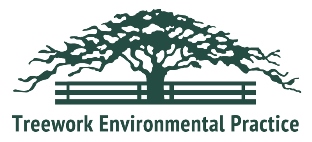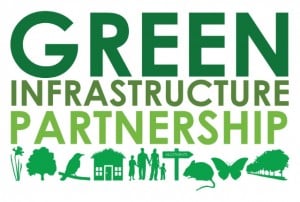Tree-lined Routes & the Linear Forest
the importance of the linear forest
Venue: Jodrell Laboratory Lecture Theatre, Royal Botanic Gardens, Kew
Date: 25th November 2015
Tree-lined routes across the terrestrial ecosystem connect urban and rural landscapes, roads and rivers, canals and railways which, when considered together, make up the linear forest. They conserve nature, clean the air, sequester carbon and promote health and wellbeing, right where we deliver pollutants. A novel appreciation of these integrating services equates to a new environmental discipline.
- How can we understand the full potential of these linear treed landscapes as green lungs, ecosystems, aesthetic heritage and economic assets?
- How can we develop a correct appreciation that can inform local, regional, national and trans-national policies?
- How do we develop these natural assets as resilient, proactively-managed national assets that are properly interconnected and no longer vulnerable to short-termism and subjective risk aversion?
This seminar offers a dynamic exchange between European colleagues. On the Continent, an integrated approach to tree-lined routes and linear forests is being pioneered by a number of inspired initiatives including from Poland, Germany, France, the Czech Republic and others. Never before has this carefully crafted group of people met together to discuss this vital subject. Here is a rare opportunity to meet with experts in the field, brought together at this prestigious venue by Neville Fay, founder of the Treework Seminar Series. Forging common links points to a wider, cross-cultural, integrated model for disciplines to cross-pollinate and collaborate. Our seminar aims to unpick sectoral interests and compartmentalised thinking. By sharing information and knowledge about natural resources, carbon sequestration, pollutant removal, flood management, economic and tourism benefits and forest production-potential, we lay a new foundation for what constitutes the national and European linear forest for the 21st century.
aims
- To set out a novel vision for tree-lined routes that demonstrates how this vital resource is delivered at a local, national and international level, the potential of which is currently unfulfilled and often under threat.
- To stimulate cross-cultural, interdisciplinary communication to create meaningful responses for communities, NGOs and government agencies to develop novel approaches to the untapped potential of the linear forest.
- To open the possibility for an integrated agency approach in this field, to better deliver the benefits and ecosystem services of the linear forest.
- To map a pathway for a connected vision for the landscape, through the theme of the linear forest.
- To quantify the human and biological benefits for people and the environment, identify gaps and areas for improvement, and establish benchmarks for achieving shared objectives
- To consider risk perception and risk aversion and how these can threaten the existence or diminish the potential of tree-lined routes. A fresh look at health and safety requires a holistic approach that considers real risks and risk benefits.
- To identify threats, create opportunities to manage risks and optimise this natural resource
Practical Outcomes & Opportunities
- Explore the value of our linear forest: tree-lined roads, rivers, canals and railways for carbon storage and sequestration, pollutant interception, hydrology and flood protection based on gross mapping with some samples of regional delivery, gaps and potential.
- Evaluate the commercial and tourism potential of tree-lined routes. How could this be modelled and understood? How does it correlate to tree size and age class? How would we manage to optimise through sustainability modelling and the time it would take to achieve certain bench marks?
- Manage realistic safety through rational engagement over risks and benefits and control risk-averse responses to irresponsible driving.












